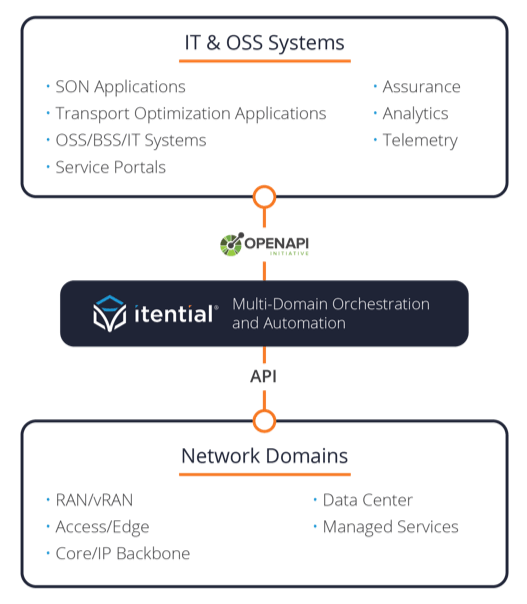In the technology world, two “laws” have influenced and driven innovation, adoption, and value realization –Moore’s Law and Metcalfe’s Law. While Moore’s Law is based on the observation that the density of transistors on a chip were doubling every year, Metcalfe’s Law focused on the growth in value as nodes are added to a network. For the math-inclined, Metcalfe’s Law posits that the value of a communication network increases proportionally as the square of the number of nodes in the network increases. For those of us (like me) who are mathematically challenged what Metcalfe’s Law was attempting to do was illustrate how the value of a network grows exponentially with each new connection. We see this not only in communication networks, but in other types of networks. For example, the value of a platform like Facebook was limited when the number of users and data was small, but as the number of Facebook users increased, the value of the platform increased dramatically, both to users and to the stock market. While there have been debates on the precision of the math in Metcalfe’s Law, the truth of the underlying idea is self-evident value increases more than linearly as the number of connections increases.
The Exponential Value of Integration for Automation
One of the fundamental capabilities that differentiates the Itential Automation Platform (IAP) from other automation systems is based on this concept. We believe that the value of an automation system grows significantly with each integration to a new controller/orchestrator, IT or OSS system, or service.
To illustrate this concept –consider two scenarios. In the first scenario, an automation user creates a script to change an address on an interface on one of their aggregation routers. To execute the change, the user must:
- Check with the team that is responsible for IP addressing to obtain the correct IP address.
- Create a ticket to execute the change.
- Coordinate the change with an inventory system.
- Perform pre-checks on the device and confirm device health with a fault management system.
- Execute the change.
- Perform post-checks and close the ticket on the ticketing system.
In the second scenario, a user implements the change on an automation system that is integrated to the IP address management system, the fault management system, the inventory system, and the ticketing system. The automation system manages all of the interactions with the OSS to obtain addresses, confirm inventory, manage the ticket, and perform the change.
Automation is present in both scenarios, but the value of the system in scenario 2 is significantly higher for a number of reasons:
- It eliminated the need to manually interact with multiple OSS systems.
- All of the data related to the change was kept in the system, eliminating the possibility of manual errors.
- Activities such as health checks were performed in seconds instead of the minutes/hours it would take the user to perform them.
The historical challenge for integration in the network world is that integrations take significant time and money to develop, test, deploy, and maintain. For a number of early automation adopters, this complexity limited the value of the system because it was too costly, or would take too long, to integrate with systems like performance management, inventory management, or order systems.
Eliminate the Friction of Integration with Itential
Itential developers realized that integration costs limit the reach and thereby the value of a platform, as a result, the Itential Automation Platform was architected as API first, thereby significantly reducing (and in many cases eliminating) the cost to develop integrations. Our vendor agnostic solution connects to everything and acts as an aggregated network API. To make it even easier, Itential provides out-of-the-box Pre-Built Integrations to over 50+ systems, as well as custom integrations based on specific use cases that can all be found in our Adapter Library ready for download. Our developers have also created the Adapter Builder that gives Itential Automation Platform users the ability to create and deploy their own integrations in a matter of minutes.
As organizations begin to develop more maturity with network automation, this capability becomes more important than ever. New users can deploy IAP to take advantage of its integration capability immediately, while teams that have developed rich libraries of script-based, Ansible, or Terraform artifacts can also participate in the IAP ecosystem by deploying the Itential Automation Gateway to integrate their current automation efforts with IAP.
It’s now time for the network automation industry to recognize the relevance of Metcalfe’s Law to network automation. By taking advantage of Itential’s native capabilities, users can eliminate the friction associated with integration and unleash the value of automation.



